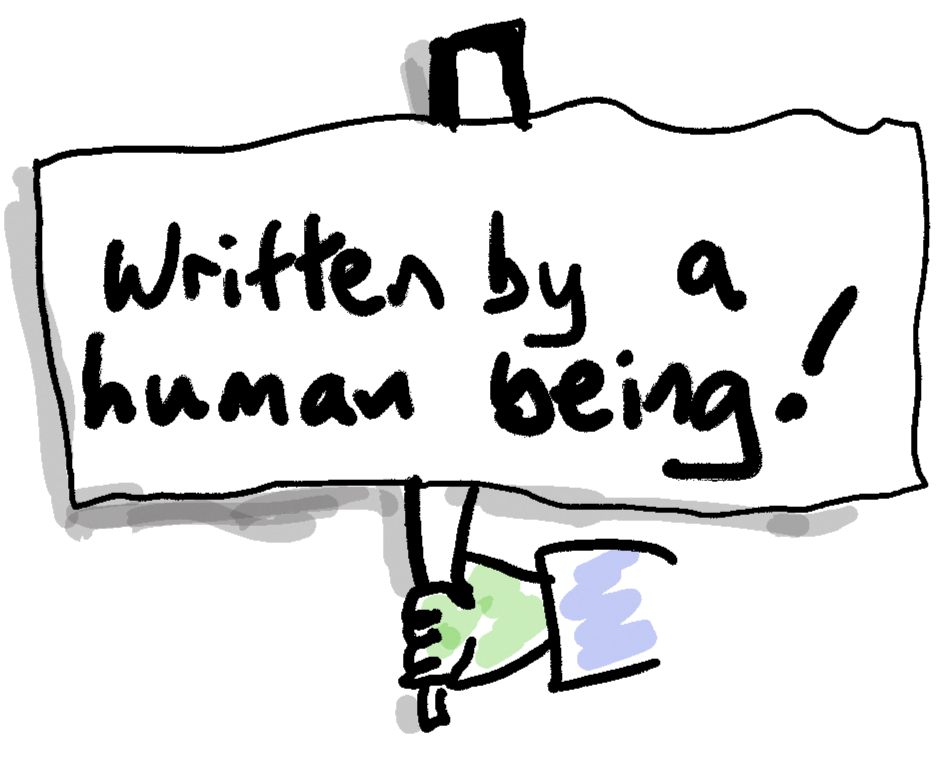In this article, I republish a review of mine that was first published in Teach Secondary magazine. Next, there follows the article I actually sent in. The differences are only minor, but I thought you might find it interesting to examine the differences, and consider what difference they make, if any, to your experience and understanding of the review.
Extraordinary Learning for All
(Aylon Samouha, Jeff Wetzler and Jenee Henry Wood, Jossey-Bass, £24.99)
This book looks at the way schools are traditionally designed to satisfy needs dating back to a hundred years or so. Much more could be achieved in terms of pupils’ individual fulfilment, argue the authors, if the curriculum, design of the school day and wider community were actively involved.
They proceed to show how their suggested remedies – including project- and problem-based learning, work experience and learning in non-school venues – can be implemented and why they work.
Unfortunately, however, said proposals would inevitably require a level of collaboration, time investment and funding that would effectively act as barriers to entry in the current UK climate. That said, as a source of potential ideas and inspiration, the book could be very useful indeed. The case studies it details may be US-centric, but are still interesting illustrations of what can be achieved.
This book was first reviewed in Teach Secondary magazine.
And here’s my original review:
Extraordinary Learning for All: How Communities Design Schools Where Everyone Thrives
(Samouha et al, Jossey Bass, £24.99)
This book looks at the way schools are traditionally designed, namely to satisfy the needs of a hundred years ago. Much more could be achieved in terms of pupils’ individual fulfilment if the curriculum, the design of the school day, and the wider community were actively involved. The kind of things mentioned, such as project- and problem-based learning, work experience, non-school venues for some activities all work, and here we’re shown how to move from A to B, which is useful. Where the ideas fall down is that they require a level of collaboration and investment of time (and funding) that effectively act as barriers to entry in the current climate in the UK. Nevertheless, as a source of ideas and, indeed, inspiration, the book is very useful. The case studies, albeit American, are interesting illustrations of what can be achieved, especially with an educational design company involved.
Reviewed by Terry Freedman
https://bit.ly/Eclecticism





